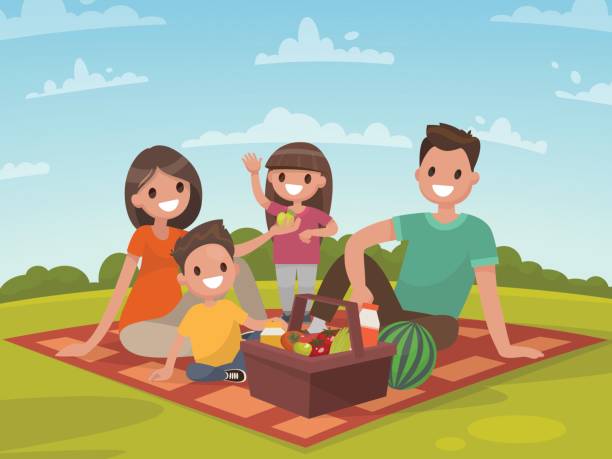No tricks, just treats this Halloween...
10 Ways to Make Halloween a Learning Opportunity
Halloween and other festive holidays are a great way to teach new vocabulary and to help build your child’s language skills in a fun and engaging way. From acquiring a costume to carving a pumpkin, Halloween can be made into a language-rich opportunity for you and your family.
- Describing Halloween Costumes: Whether you’re planning to purchase your child’s Halloween costume or create it yourself, there are several opportunities to use adjectives, or describing words, when discussing costumes. These words can be used to describe the appearance of the costume (e.g., “sparkly”, “bright”), the material of the costume (e.g., “stretchy”, “soft”), and the emotions associated with the costume (e.g., “scary”, “funny”). You can help your child to explain their own costume and also to describe other children’s costumes on the night of Halloween. Turning this into a game can also make the experience more fun (e.g., “Who can find a costume that is sparkly?”; “Point to a costume that is scary”, etc.).
- Carving the Pumpkin: Pumpkin carving is a great way to encourage the use of verbs, or action words. Before carving, some families like to “draw” their desired pumpkin face. While cutting the pumpkin, verbs such as “cut”, “carve”, and “shave” can be used. While removing the pumpkin seeds, verbs such as “pull”, “grab”, and “remove” can be modelled. Once removed, you might “bake” and “eat” the seeds.
- Dressing for Halloween: While helping your child put on their Halloween costumes, several prepositions, or location words, can be reinforced. Differentiating words such as “in” and “on” by emphasizing that your child is to put their arms and legs “in” their costume and their mask “on” their face can be helpful. Other location words such as “below”, “beside”, “under”, “top” can be used while helping your child get dressed for Halloween.
- Anticipating the Experience: Before setting out for the evening, you can help your children to use sequencing vocabulary to understand the events of the night. Words such as “first”, “next” and “last” can be used to promote understanding of what they can expect. For example, you can explain, “first we will put on our costume, next we will collect candy, and last we will come home and try a piece of candy”.
- Describing the Event: When you’ve returned from the evening, you can help your child to describe the event by modelling use of past-tense vocabulary. You can model your favourite parts of the evening and highlight some of the special moments (e.g., “My favourite part was when I picked the blue candy”, “I liked when the skeleton danced”, etc.) Taking pictures during the evening to have a basis for your discussion can also help your child to remember and talk about the details.
- Sneaking math lessons into Halloween activities and parties might sound more like a trick than a treat this Halloween, but it is actually a perfect time to help make learning math even more fun for your children.
- Bake Math into the Halloween fun: As you know, cooking with kids is a treat for them, but its also a math teaching opportunity for parents. Invite them into the kitchen to make candy apples or a pumpkin pie, letting them take the lead on measuring the ingredients. To increase the level of difficulty, challenge them to calculate the amount of ingredients needed to double the recipe or introduce the concept of ratios. For example, what is the ratio between the sugar and pumpkin?
- Speak about Spooky Math Facts: Bats can consume nearly 50 percent of their body weight in food each night. The thread of the orb web spider is extremely elastic and can be stretched 30 – 40 per cent before it breaks! Discuss these and other spooky math facts.
- Predict the Popcorn: This simple but effective game is particularly fun at parties. Just fill a jar full of popcorn and have the children guess the number of individual pieces. The person closest to the actual amount wins a prize.
- Wade into Water Measurement: If you plan on bobbing for apples, mark a line on the container where you want the water to reach. Ask the children to estimate how many litres, cups, etc. of water it will take to reach the line.
- Tally your Treats: Children enjoy playing with their candy almost as much as they enjoy eating it. To take advantage of this enthusiasm, encourage them to weigh their bounty using a traditional bathroom scale, count individual pieces of candy and guess the amount of calories in the whole bag. They can also divide the candy into categories, such as chocolate, hard, soft…

